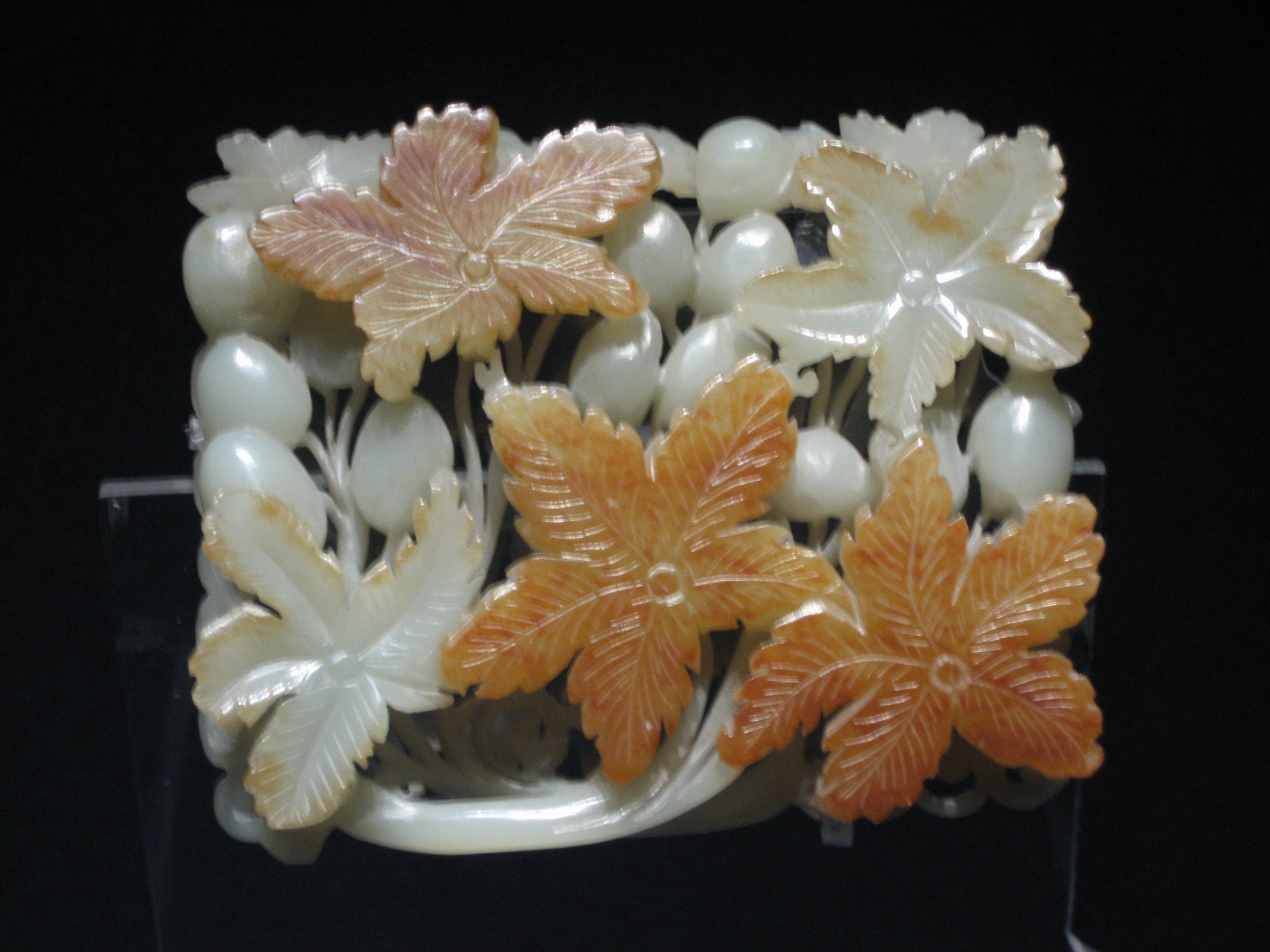China's jewelry culture extended to both men and women as jewelry was a marker for status, wealth, and rank. Earrings were surprisingly universal and could become quite elaborate. Pins, talismans, and headdresses were also popular.


Dragon imagery has been a motif of Chinese jewelry for hundreds of years. Dragons have featured heavily in Chinese mythology and lore. The five clawed dragon became a symbol reserved for the emperor after the legend that, while on his death bed, Emperor Huang-di was either taken away by a dragon or became half man-half dragon. Through this myth, royalty was connected to dragons. In a similar way, the empress was connected to phoenix, often being clothed in phoenix iconography.
Jade became a craze that lasted hundreds of years in China. Revered for its beauty, durability, and grace, Jade became a talisman in and of itself, believed to give it's wearer similar traits. Jade was fashioned into almost any kind of jewelry as well as statuary, boxes, and tombs. Jade was more valuable than gold. In an effort to make Jade rings, a compound milling machine was created in China. The rest of the world would not develop this technology for hundreds of years.


Unlike most of the world, silver was used more exclusively than gold. Freshwater pearls were also popular in ancient China. Blue was the color reserved for imperial family and would often be the color of the Emperor's headdress.
Chinese style jewelry still has a mark on the fashion world. It's pastoral designs and flowing figures are a beautiful reminder of the country where such designs originated.
No comments:
Post a Comment